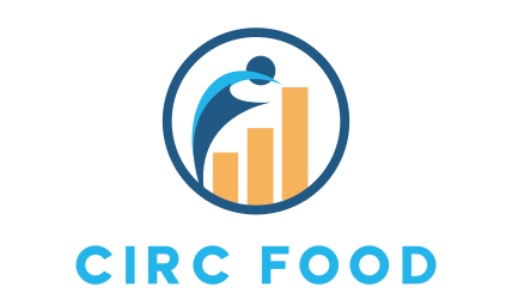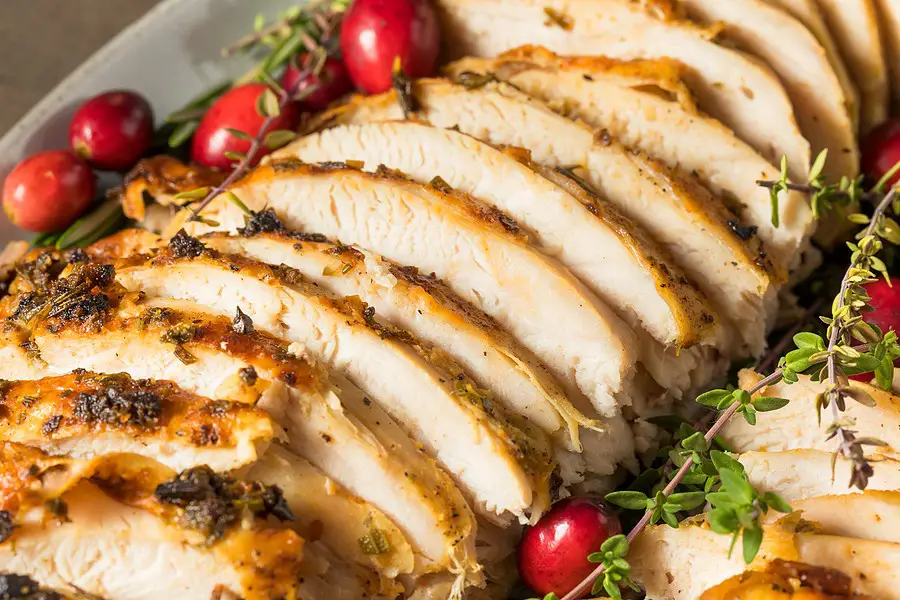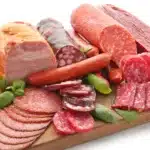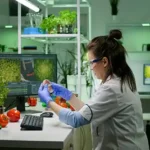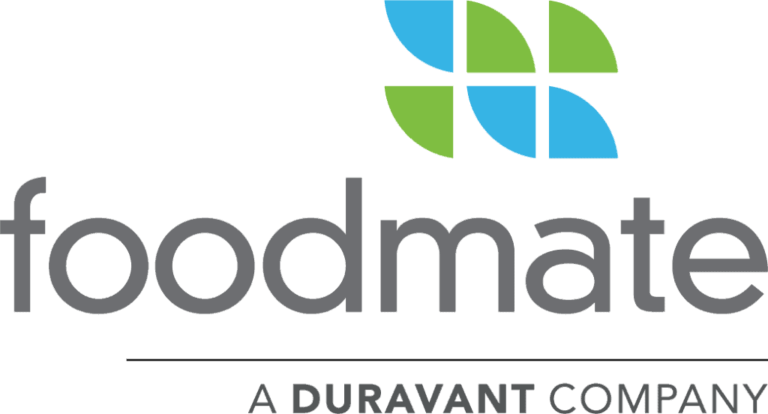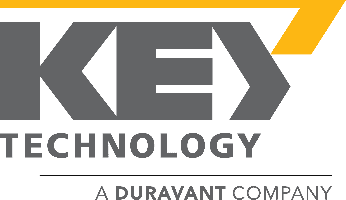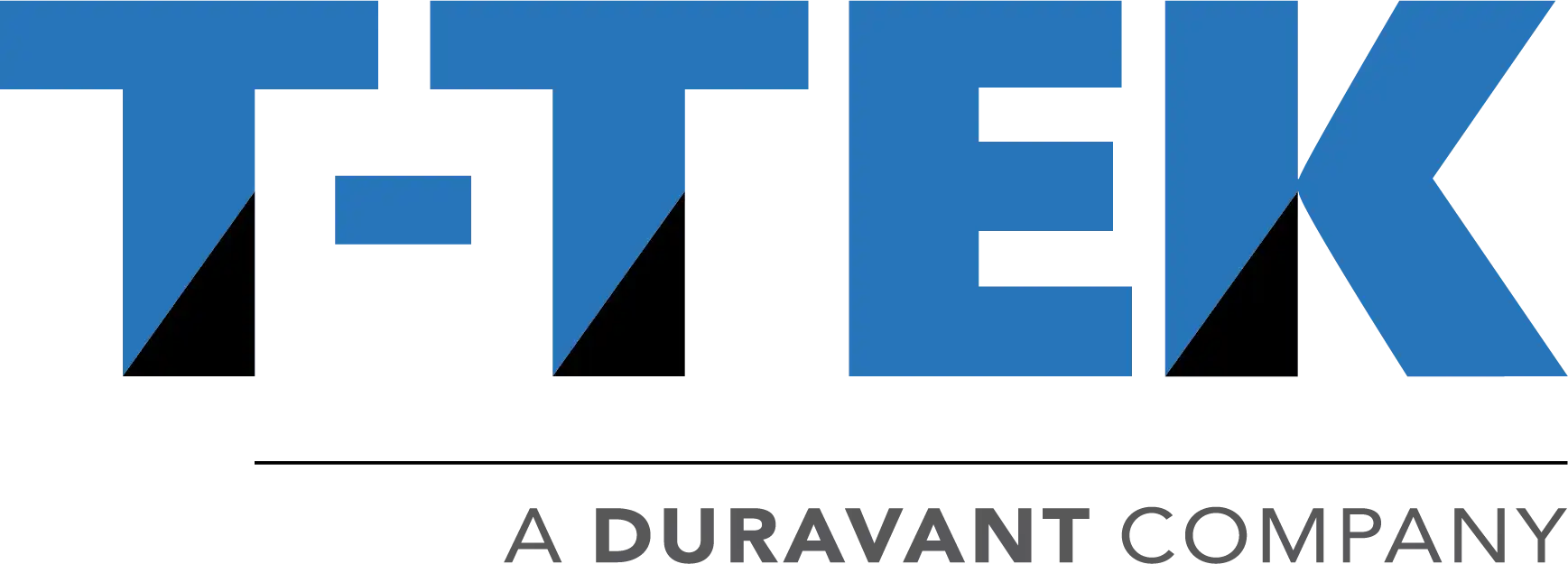It comes as no surprise that, because of the COVID-19 pandemic, consumers have shifted to cooking more meals at home. Consumer demand for meat has increased: recent reports show that 43% of Americans buy more meat than before the pandemic, and nearly all U.S. households purchased meat in 2020, due to preparing more homecooked meals. After a year of dining in, U.S. consumers have begun experiencingkitchen burnout, and this has changed what kinds of meats consumers are looking for. Americans are now more likely to purchase preseasoned and precooked meat and poultry from the grocery store. It also seems that poultry sales—especially turkey sales—arepositioned to grow faster than red meat salessoon.
To meet this shift in consumer demand toward precooked poultry and other meats, it is helpful for food processors to have flexible food processing equipment. TheCircFood Spiral Oven'scontrol system gives it great flexibility: it can be used to produce multiple distinct product lines or used as part of a modular inline series for products which require multiple distinct cooking zones. We can look at one solution for cooking a turkey breast to see the flexibility of the CircFood Spiral Oven.
Modular Series Creates Multiple Inline Cooking Zones
Multiple spiral ovens (especially in combination with one of CircFood’sAfoheat™ Surface Treatmentmachines) can be positioned in series to create multiple inline cooking zones. With multiple probes located near the product, the spiral cook process allows for precise oven conditions and an optimal finished product. The probe location and quantity depend on the model of the spiral oven; however, generally there are two probes in the cook chamber and one probe in the burner chamber. Certain products benefit from combining independent heat methods in series (inline), and independent inline modular ovens provide unique time and temperature flexibility. An example of a multiple zone solution would be for cooking a large grilled turkey breast:
- Zone 1:Afoheat™ Select Infrared Roasterfor surface browning; followed by…
- Zone 2:CircFood Ascending Spiral Ovento cook the product in “steam” mode; followed by…
- Zone 3: CircFood Descending Spiral Oven to cook the product in a “roast” mode; then, lastly…
- Zone 4: Utilize the impingement nozzles within the final spiral to provide additional browning.
Starting the cook process with an Afoheat™ Select Surface Treatment solution will accelerate the browning process andreduce the overall cook timeneeded. Then the turkey breast would head to the multiple spiral ovens.
Responsive “On-the fly” Recipe Changes with Multi-Directional Heating
In the second zone, the “steam” mode of the spiral oven will bring the turkey breast up to temperature slowly. The compact box-shaped design of the spiral oven allows for effective utilization of energy, such assuper-heated steam, to cook a product. The product cooks on a continuous conveyor belt with a precise amount of heat energy, which can be adjusted for each individual product line or for a particular cooking zone via the oven control system. One critical aspect of the oven design for responsive control is the location of the steam delivery manifold, which is centrally located to the airflow circulation system inside the heat exchanger. Delivering the steam into the airstream optimizes the distribution of the steam energy throughout the oven. The control system manages the fan direction and speed to optimize the heat from the product entry point to the product exit point of the oven.
To maintain the temperature setpoint, the spiral cook process utilizes an integrated heat source with up to 22 air exchanges in the cooking chamber per minute. This means that the total volume of air in the cooking chamber passes through the heat source 22 times per minute—once every 2.7 seconds—to be reheated and delivered back to the cooking chamber. This allows for a fast startup and for improved responsiveness during “on-the-fly” recipe changes. These rapid air exchanges allow for this heat energy to be dispersed uniformly over each product in a multitude of ways.
This leads us to the third zone, where the turkey breast will finish cooking in the descending spiral oven in “roast” mode. Another aspect of the Spiral Oven’s design for responsive control is enhanced efficiency in the airflow. The oven’s airflow is significantly improved with reduced profile internal supports and open belting. The optimized airflow control and velocity enables optimally balanced air temperatures across the width of the belt. The user can adjust the airflow for multi-directional heating. A sophisticated control system allows processors the benefit of improved energy utilization with a nimble oven that allows for “on-the-fly” recipe changes without the delayed responsiveness of oversized indirect heat ovens.
Maximize Rapid Color Development with Air Impingement
Then in the impingement zone, where directionally downward airflow at high velocity is forcibly blown down upon the surface of the product via impingement air nozzles, the color and texture of the turkey breast will develop. The air impingement nozzles in this “finishing zone” allows processors to control how much color develops on the surface of the product. These nozzles are energized by a circulation fan in the heat chamber that pressurizes the air, forcing it through air ducts located above the product on the final belt tier. The downward “high-velocity air” reaches 260°C and speeds of up to 610 meters per minute upon the product to maximize rapid color development for finishing. This section of the oven contrasts with the bi-directionally horizontal airflow happening throughout the main oven cooking chamber. The “high-velocity air” speed, exposure time, and quantity of the impingement nozzles can be customized, adjusted, or neutralized to fit a specific recipe.
As we can see, the CircFood Spiral Oven control system and design features allows for maximum flexibility and energy efficiency. For each product, the spiral oven’s settings can be fine-tuned to create the perfect cooking condition, and multiple recipes can be saved to quickly toggle between settings for frequent production line changes. This flexibility allows food processors to quickly shift production to meet changes in consumer demand.
